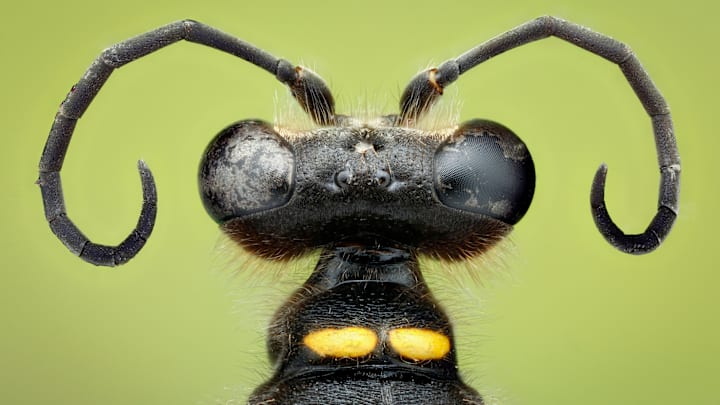The planet is home to approximately 8.7 million species, with plenty more still waiting to be discovered. Whether you’re a biology expert or a nature enthusiast, the iNaturalist app can expand your knowledge of the world’s plants, animals, and insects by acting as a social media site for cataloging the natural world.
Here’s how it works: If you spot an organism in the wild that you don't recognize, snap a photo of it and upload it to iNaturalist. There, it will be identified through a combination of artificial intelligence that draws from the app’s database and the crowdsourced efforts of citizen scientists. The app is home to millions of observations from users that can be broken down by species, time, and location.
While most animals catalogued on the site are fairly common, some observations have led to major breakthroughs. In 2013, for example, a photo of a red and black frog uploaded from Colombia was identified by a poison frog expert as a new species. The following year, a scientist stumbled upon a photo of a rare Vietnamese snail on the app that had been described by 18th-century explorer Captain Cook but never photographed.
The discovery of a new or rare species isn’t the only thing that makes the app worthwhile; the growing pool of observations gives biologists who use the app more data to refer to in their research. So while this may not be the case for all social media sites, oversharing on iNaturalist is never an issue.
A version of this story ran in 2018; it has been updated for 2023.
